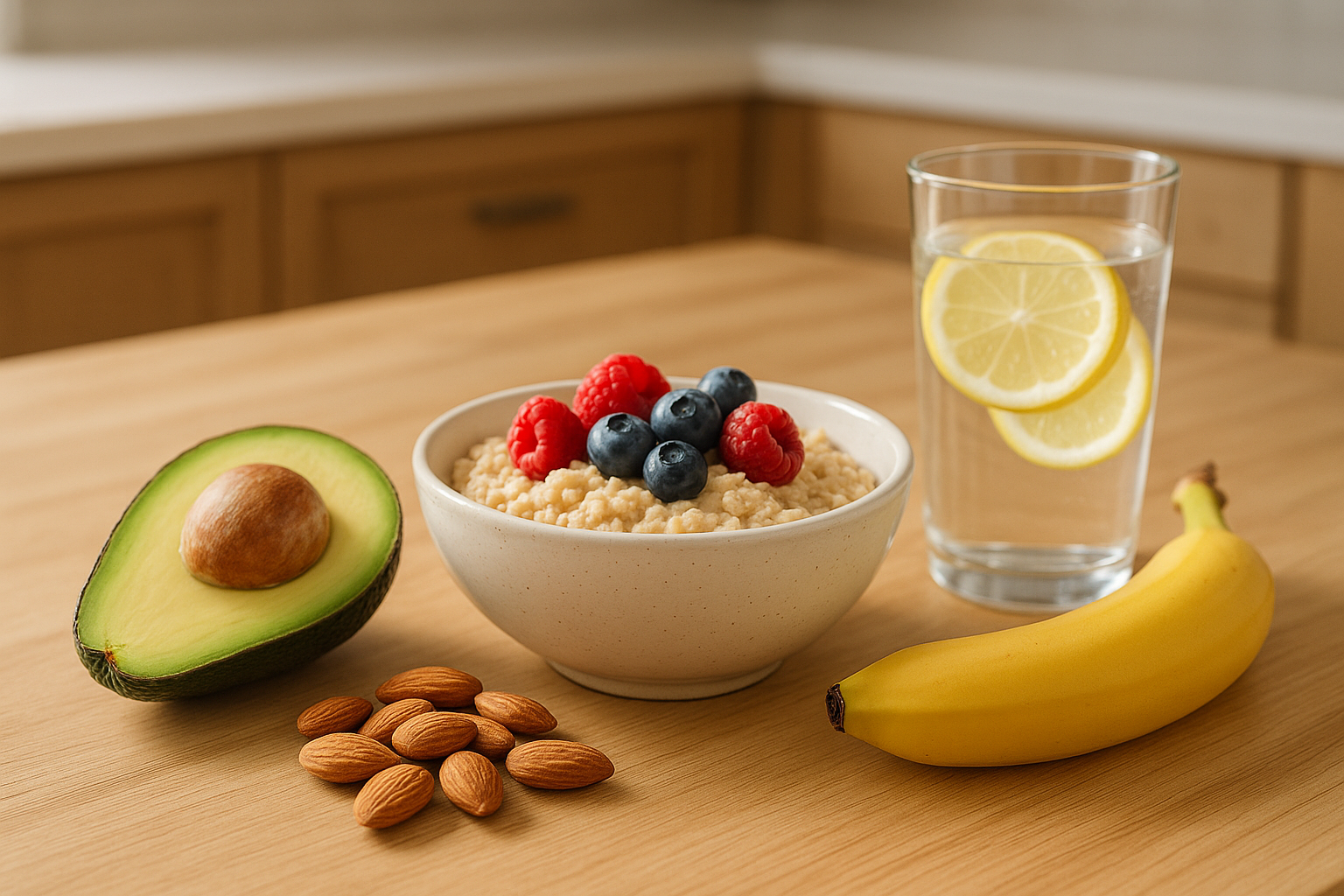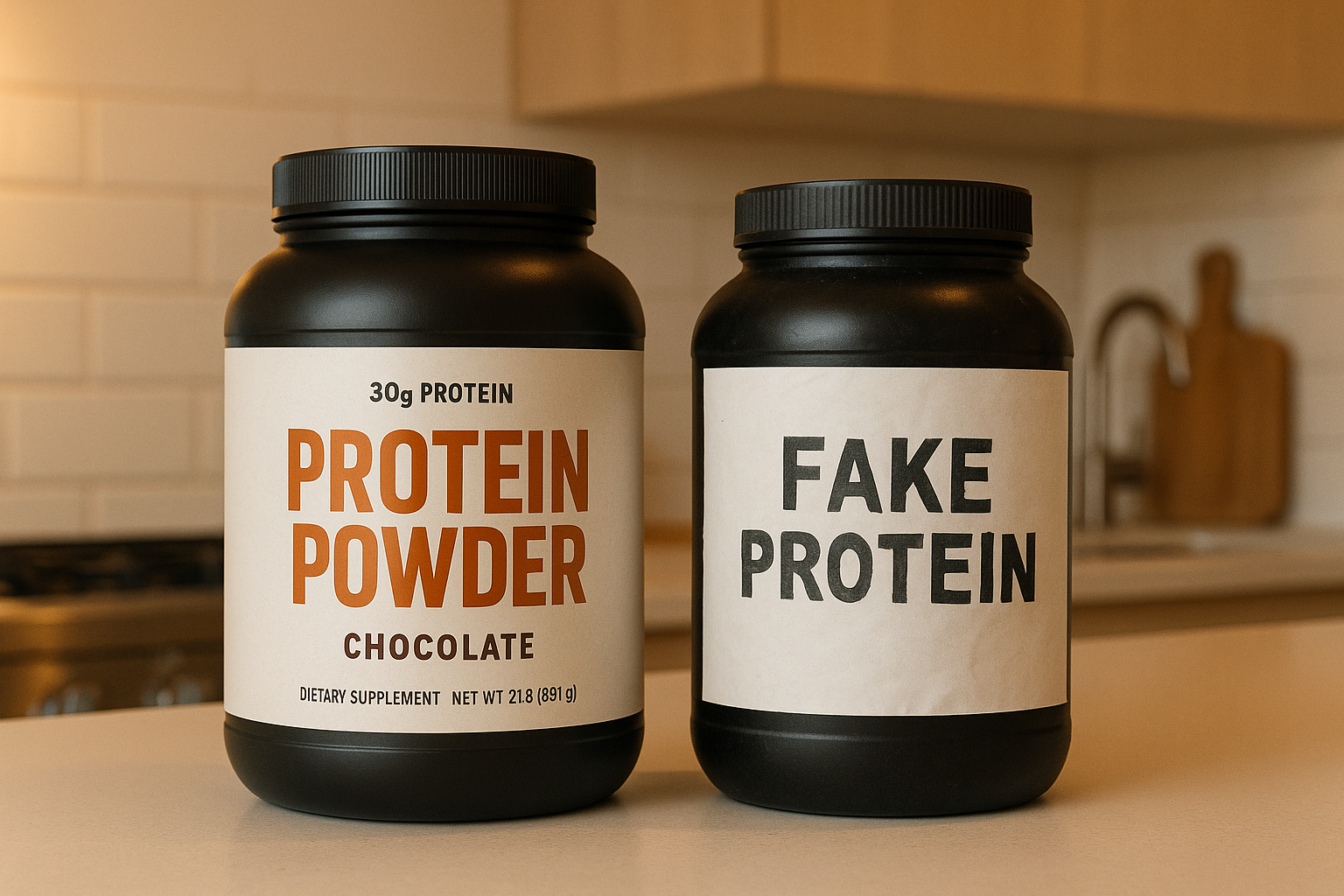
How Alpha-Lipoic Acid Boosts Mitochondrial Efficiency
Want more energy and better recovery? Alpha-Lipoic Acid (ALA) can help. This powerful antioxidant supports your mitochondria - the tiny power plants in your cells - by improving energy production, reducing oxidative stress, and even creating new mitochondria. Here's what you need to know:
- Boosts Energy: ALA enhances ATP production, giving your cells more fuel for daily activities and workouts.
- Fights Fatigue: Protects mitochondria from damage caused by free radicals, delaying tiredness.
- Improves Recovery: Reduces inflammation and oxidative stress after exercise, helping muscles heal faster.
- Supports Long-Term Health: Linked to better glucose management and reduced risks of chronic diseases like diabetes.
Whether you’re an athlete or just looking to feel better, ALA is a simple way to enhance energy and overall health. Keep reading to learn how it works and how to use it effectively.
Mitochondria and Energy Production Basics
Mitochondria: The Cell's Power Stations
Mitochondria are the energy producers of your cells. These tiny structures have two membranes - inner and outer - that work together to generate energy efficiently. The inner membrane has folds called cristae, which increase the surface area available for producing ATP, the cell's main energy currency.
Through cellular respiration, mitochondria convert nutrients into energy. This process involves glycolysis, the citric acid cycle, and oxidative phosphorylation. At the core of this system is the electron transport chain, where most ATP is produced. Interestingly, mitochondria have their own DNA (mtDNA), giving them some control over their energy production processes.
Grasping how mitochondria function is key to understanding their role in energy production and overall health.
How Mitochondrial Performance Affects Health
Your mitochondria's efficiency plays a major role in your energy levels, physical performance, and overall well-being. When mitochondria are working well, the benefits are clear:
| Aspect | Healthy Mitochondria | Mitochondrial Dysfunction |
|---|---|---|
| Energy Levels | Consistent, sustained energy | Chronic fatigue and low energy |
| Physical Performance | Improved endurance and strength | Difficulty with exercise and reduced stamina |
| Cellular Health | Better metabolism and waste removal | Higher oxidative stress and damage |
| Disease Risk | Lower chances of metabolic issues | Increased risk of diabetes and heart problems |
If mitochondrial function declines, ATP production slows, leading to a chain reaction of problems. Proper function of the electron transport chain depends on specific nutrients and cofactors, such as CoQ10, cytochrome C, and certain enzymes. Supporting these components can help maintain efficient ATP production and keep cells functioning properly.
3 Ways Alpha-Lipoic Acid Improves Mitochondria
ALA's Role as an Antioxidant
Alpha-lipoic acid (ALA) protects mitochondria by neutralizing harmful molecules like reactive oxygen species, free radicals, and peroxides. These molecules can damage mitochondrial structures, and mitochondria are especially prone to this type of stress because of their energy-producing role.
This protective effect is particularly helpful in slowing down age-related mitochondrial damage. By shielding mitochondria from oxidative harm, ALA helps them keep producing energy efficiently. As we age, oxidative damage tends to build up, which can reduce mitochondrial performance - making ALA's role even more important.
Now, let’s look at how ALA helps create new mitochondria to further support energy production.
Promoting Mitochondrial Growth
ALA encourages the formation of new mitochondria, a process known as mitochondrial biogenesis. It does this by activating two key pathways in cells: AMP-activated protein kinase (AMPK) and peroxisome proliferator-activated receptor gamma coactivator 1α (PGC-1α).
When these pathways are triggered, they set off a chain reaction that leads to the creation of new mitochondria. This is especially beneficial for energy-demanding tissues like muscles and the brain. With more mitochondria available, cells can produce energy more effectively, boosting overall metabolic performance.
This increase in mitochondrial numbers directly supports better energy production, which we’ll explore next.
Enhancing Energy Production
ALA boosts mitochondrial performance by improving the activity of key enzymes involved in energy production. Here's how ALA contributes:
| Aspect | How ALA Helps |
|---|---|
| Enzyme Activity | Enhances the function of critical mitochondrial enzymes |
| ATP Production | Increases the conversion of nutrients into usable energy |
| Metabolic Processes | Improves the efficiency of energy-producing reactions |
| Energy Levels | Helps sustain higher energy output |
ALA acts as a cofactor for enzymes like α-ketoacid dehydrogenases, which are vital for converting nutrients into ATP - the main energy source for cells. By supporting these processes, ALA ensures mitochondria work efficiently to meet the body's energy needs.
Studies suggest these improvements in mitochondrial function can have real-world benefits, such as better glucose management in type II diabetes. Enhanced energy production may also help restore insulin sensitivity, offering additional metabolic advantages.
Benefits for Exercise and Fitness
More Energy, Less Fatigue
Better mitochondrial function means more energy for your workouts. Alpha-lipoic acid (ALA) supports muscle mitochondria, helping them produce energy more efficiently. This can delay fatigue and keep your energy levels steady by protecting muscle proteins from oxidative damage during exercise.
Faster Recovery and Improved Endurance
ALA's antioxidant properties play a key role in reducing oxidative stress caused by exercise. This helps muscles recover faster and boosts endurance by improving how your body uses insulin and absorbs glucose. Here's a quick breakdown:
| Recovery Aspect | ALA's Role |
|---|---|
| Oxidative Stress | Minimizes damage from free radicals |
| Muscle Recovery | Eases inflammation and reduces protein damage |
| Energy Systems | Enhances glucose absorption in muscles |
| Performance | Supports better mitochondrial efficiency |
Pairing with Other Supplements
ALA works well with other antioxidants like CoQ10 and vitamin E to further optimize mitochondrial performance. For the best results, athletes often start with a daily dose of 300–600 mg of ALA, gradually increasing it to avoid stomach discomfort. Research published in PLOS ONE showed that ALA supplementation improved exercise performance and mitochondrial function, particularly in untrained females.
If you're looking for high-quality ALA supplements, brands like NutriFitt (https://nutrifitt.com) offer options designed to support your fitness journey. Pairing ALA with other performance enhancers can help you reach your goals more effectively.
sbb-itb-7567710
Should You Supplement With Alpha-Lipoic Acid?
How to Use Alpha-Lipoic Acid
Using Alpha-Lipoic Acid (ALA) effectively can help support the mitochondrial benefits mentioned earlier.
Choosing High-Quality Supplements
When selecting ALA supplements, focus on quality and purity. Look for products with third-party certifications from organizations like NSF International or ConsumerLab.com. These certifications ensure the product contains what it claims and meets safety standards.
| Quality Indicator | What to Look For |
|---|---|
| Certified Testing | Verified by NSF or ConsumerLab |
| Ingredient Transparency | Clear labeling of ALA content and its specific form |
Setting the Right Dosage
Once you've chosen a trusted product, start with a daily dose of 300 mg. If necessary, you can increase this to 600 mg. However, if you have diabetes or thyroid conditions, consult a healthcare provider before beginning supplementation. Since ALA can influence blood sugar levels, regular monitoring is essential.
To get the most out of ALA, pair it with a healthy diet and consistent exercise.
Supporting with Diet and Exercise
Boost ALA's effects by maintaining a diet rich in antioxidants and sticking to an exercise routine. Include the following antioxidant-packed foods to promote mitochondrial health:
| Food Category | Examples | Why It Helps |
|---|---|---|
| Berries | Blueberries, strawberries | Provides strong antioxidant support |
| Leafy Greens | Spinach, kale | Aids mitochondrial performance |
For exercise, combine aerobic activities with resistance training. This mix can improve mitochondrial function, often within 6–12 weeks.
"A randomized double-blind, cross-over study found that a combination of ALA, creatine monohydrate, and CoQ10 decreased lactate levels and oxidative stress markers in patients with mitochondrial disease."
You might also consider pairing ALA with other supplements like CoQ10 or creatine for additional support in enhancing mitochondrial health.
Conclusion
Alpha-lipoic acid (ALA) plays a key role in supporting mitochondrial function and energy production. Its antioxidant properties and ability to stimulate new mitochondria make it a useful tool for improving exercise performance and reducing fatigue. Research highlights its impact on increasing mitochondrial protein capacity, which benefits both athletes and those focused on daily fitness.
Thanks to its dual solubility, ALA provides broad antioxidant protection, helping to prevent cellular damage often linked to chronic conditions. For example, a study showed that six months of ALA supplementation led to lower fasting blood glucose levels and reduced oxidized lipids in patients with type II diabetes, showcasing its therapeutic potential.
When paired with nutrients like CoQ10 and creatine monohydrate, ALA's effects are even greater. This combination can enhance exercise performance and recovery, offering particular value to individuals aiming for better physical results.
ALA’s benefits go beyond fitness. By improving mitochondrial efficiency, it supports long-term cellular health while boosting energy production. Its safety, availability, and proven effectiveness make it a practical option for those looking to enhance physical performance and overall well-being.
Whether you're focused on better energy levels or long-term health, ALA provides a science-backed way to improve mitochondrial function and support your goals.
FAQs
Here are straightforward answers to common questions about ALA's role in supporting mitochondria.
How does alpha-lipoic acid help mitochondria?
Alpha-lipoic acid (ALA) supports mitochondria in several ways, primarily by reducing oxidative stress and promoting mitochondrial function.
Here’s how it works:
- Antioxidant Support: ALA strengthens the body's antioxidant defenses, directly and indirectly, shielding mitochondria from oxidative damage.
- Mitochondrial Growth: It encourages the creation of new mitochondria by activating AMPK and PGC‑1α pathways, which are critical for energy production and cellular health.
This combination enhances mitochondrial protein production and improves energy efficiency. ALA also pairs well with nutrients like CoQ10, amplifying its positive effects on cellular energy.
"Alpha-lipoic acid improves mitochondrial function by acting as an antioxidant, reducing oxidative stress, and enhancing the expression of mitochondrial proteins. It also increases the abundance of other protective antioxidants and improves mitochondrial biogenesis through the activation of AMP-activated protein kinase (AMPK) and peroxisome proliferator-activated receptor gamma coactivator 1α (PGC-1α)."



















